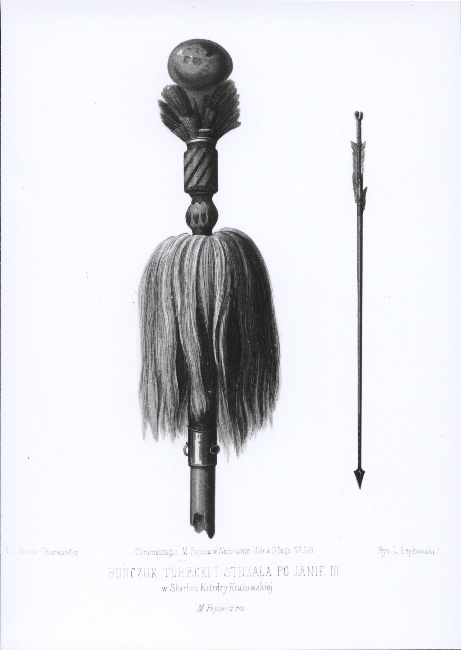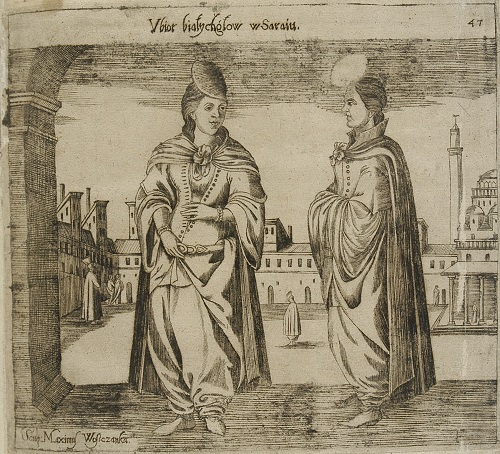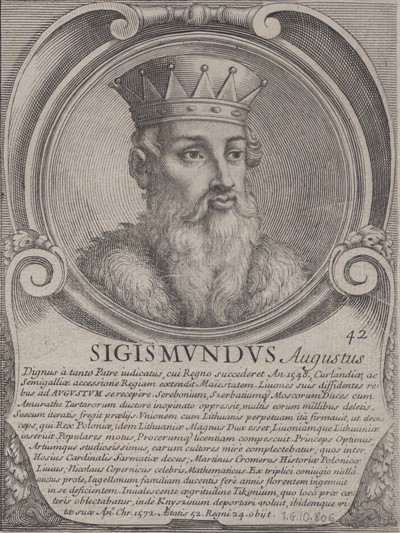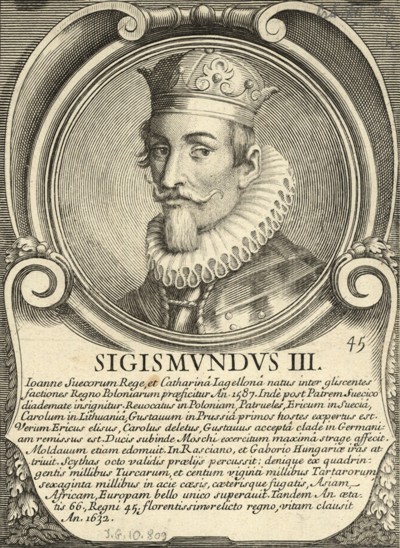“Remembrance of Stanisław will not perish for a long time” – wrote Bartosz Paprocki about the Orzechowskis’ house. His extraordinary personality, many trials and tribulations, and literary works earned him a permanent place in the history of culture. Stanisław Orzechowski (1513–1566), a priest and political writer, in his works took up the Turkish issue from a polemical and offensive standpoint. In the 16th century, such authors as Jan Dantyszek, Jan Amor Tarnowski, whose thoughts were published by Jan Strasius, and Krzysztof Warszewicki expressed their views on the Turkish threat. Hetman Tarnowski’s piece was also included in the collection “Various Writings on the Wise Conduct of War against the Turks” (De bello contra Turcas prudenter gerendo: libri Varia), issued in 1664 by Hermann Conring.
Orzechowski’s turcyki (anti-Turkish writings) were published in 1543 and 1544 in Krakow by Hieronim Wietor’s printing house. In the first one, entitled “A Speech To The Polish Nobility on Taking Up War Against The Turks (De bello Adversus Turcas suscipiendo [...] ad Equites Polonos oratio), which the same year came out of the printing press in Polish, too, Orzechowski presented an image of Turks to the Commonwealth’s nobility and urged them to bravely fight against that nation of Asian origin. He reminded the nobles about the threat from Sultan Suleiman the Magnificent, about his activities in Wallachia and the havoc he had made in Hungary. He wrote that the Polish nobility formed a barrier against the spread of the Turkish state to the North, and therefore the Turkish Emperor had “trapped” the nobles in the alliance. Orzechowski stressed the moral and religious differences between the addressees of his work and the Turkish ruler (whom he defined as “tyrannus”) and his subjects. In “The Police of the Polish Kingdom”, Orzechowski ranked the Turkish ruler among the kings who were elected under duress. He also argued that the infidels’ challenging the importance of Aristotle’s philosophy weakens the Church of Rome and makes it an easier target for attacks from his opponents, including the Turks.
In this work “Quincunx“, the author warned the nobility that they could soon become “turkized” under the influence of infidels’ activities. In his first turcyka, he drew attention to the desecration of Christian churches; he pointed out Suleiman’s negative attitude to both the residents of the Commonwealth and the state itself. He besought them not to disregard his words about the danger, and pointed out that Suleiman’s actions could be called waging a war even without formally declaring it. “So what are you waiting for?” – he asked rhetorically. At the same time, he repelled a potential objection of encouraging a war which could end up with Poland defeated. He argued that a struggle with the Turks meant the rejection of imminent slavery being the greatest disgrace of all. He used a prosopopoeia by introducing his noble ancestors, famous for their fight against the Turks, to the treatise. The visualization of wrongs which they had inflicted on the vanquished was another figure of speech to influence the emotions of the audience. According to Orzechowski, the Turks were characterized by “shameful promiscuity, inhumane cruelty, insulting insolence, enslavement that cannot be endured.” Moreover, the fact there was no mention of that nation in the Greek and Roman historians’ works was to speak in disfavour of it. The Turks had, according to the author, a weak state, and the only thing that forced them to fight was fear, therefore it should be rather easy to defeat them. In addition to that threat for the Commonwealth, Orzechowski listed infighting, as well as the neglect of duties by farmers, the clergy and the nobility, and so he advised the Poles to give priority to the common good over private interests. In his vocabulary, he refers to the best Roman authors: Cicero, Horace, Ovid.
In the second turcyka to Sigismund, King of Poland (Ad Sigismundum Poloniae Regem Turcica secunda) Orzechowski wrote to Sigismund the Old that his alliance with the Turkish ruler was only a result of deception, as the Sultan wanted to be able to operate freely in Hungary and Wallachia, and next in the Commonwealth or even Germany. The “Turkish madness” (furor turcicus) threatening the Kingdom of Poland was not actually tamed by any pacts or loyalty on Suleiman’s part as he did not respect them. Sigismund, in turn, was rightly considered the “King par excellence Christian” who introduced “sacred rights” in Poland. Orzechowski unfolded a vision before the King’s eyes of a kingdom flooded by Muslims settling in villages and cities who commit atrocities to people and churches. He also reminded that it was not a sin for the Turks to kill a Christian but a merit. The author calls the Turk “Mahometus”. Before Orzechowski sent the second turcyka to the King, he first put it into public circulation. He mentions this in his letter to the King reproduced below the text of his anti-Turkish speech in the 1544 edition.
However, Sigismund the Old conducted a policy aimed at alleviating the emerging conflicts with the Turks, and not at solving them by force. In the anti-Turkish literature, the threat to Christianity from Islam and the moral differences between the Western civilization and the Turks’ culture were outlined particularly clearly. A clash with the Turks was thus perceived as a conflict between two worlds: Latin Christianitas and pagan barbarism.




